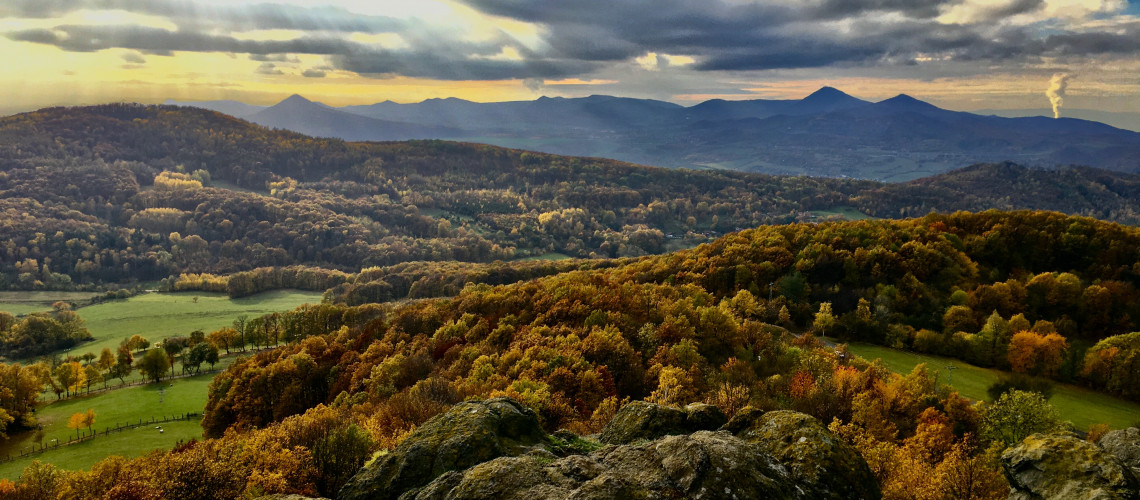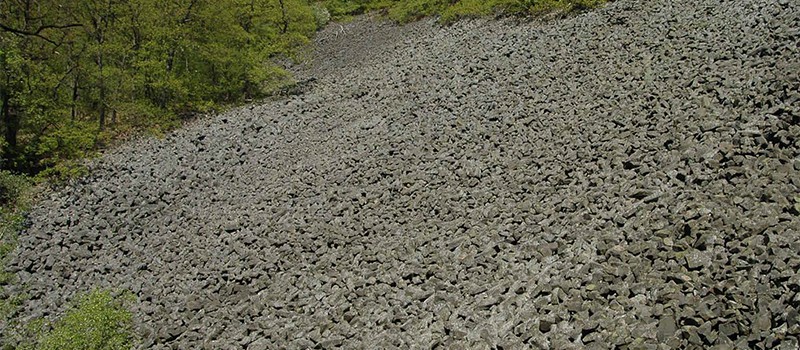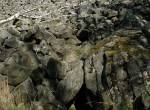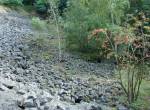
Educational Trail Hlinná – Kamýk
This educational trail provides information about the geological importance of one part of the Central Bohemian Uplands and its natural-historical context. The trail begins at Hlinná village and runs to Holý hill, Velké hradiště, Plešivec hill and back again.
The individual stops of the trail are marked by information panels indicating site characteristics.
The trail is 10 kilometres long and non-binding – individual stops are not in a thematic order. Visitors can decide themselves on the order of the stops, or choose just a part of the trail. Local attractions include, among others, the Holý Hill Nature Reservation.
Stops

Plešivec and geology
Plešivec (Eisberg) - 509 m a. s. l. - also called Ledový vrch - is a wooded, volcanic basalt cone. The natural monument is located in the cadestry of the village Kamýk, about 5 km northwest from Litoměřice. In the natural rubble at the foot of the western and northwestern slopes, permanent "Ice pits" have formed cavities bounded by basalt boulders, in which ice and snow are maintained until late spring to summer. It is a natural creation subjecting to protection.
Geology
Geological characteristics: Spot height 510 Plešivec is formed by a basanite intrusion in the sandstones of the Merbolitice Formation, which is currently in the subvolcanic position. Erosion, which still forms the intrusive body, results in the formation of boulder rubble - a rocky sea. During its formation, relatively deep unfilled spaces remain between the individual boulders. If there is not enough air circulation between the spaces, then heavier cold air accumulates in them. In such cavity, the rest of the snow can last long after winter times. This is the mechanism of ice pits - a protected phenomenon of the Plešivec locality.
A large part of Plešivec is covered by a mixed coniferous forest. There is a large natural rubble field in the south. Others are located on the western and northwestern slopes of the mountain. At the top, a stone path is created from the rubble. Natural rubble fields composed of fragments of relatively equal size are called "droliny". These occur not only here, but also on other hills in the area.
Outside the protected locality on the way to Plešivec (approx. 500 m west from the crossroads in Hlinná) there is an abandoned small quarry in the sandstones of the Merboltice Formation. On the southern slope of the hill stands the baroque chapel of St. John the Baptist, a hexagonal building with a high domed roof and a lantern. Originally it was the Renaissance tomb of William of Lstibor († 1551), it reached its present form in 1660.



